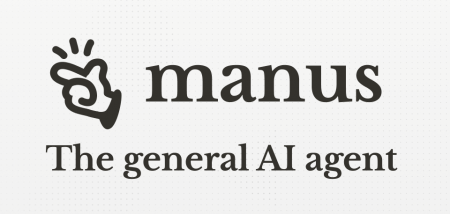A symphony of software quality incorporates AI and humans in a pioneering way, making innovation and user experience the main themes of tomorrow.
Imagine this: you’ve invested every bit of your time and passion into developing a groundbreaking application that is likely to be the next all-time social media sensation, perhaps, or a fitness tracker that gamifies your workouts. Although it must pass the arduous testing step before you can release it to the public, it takes weeks of painstaking manual checks, hoping to uncover every bug lurking in the code. Sounds exciting, right? Not exactly.
However, picture yourself differently now. It’s the same app, but now imagine that there is a mighty AI companion by your side. No, it’s not just there to fetch coffee (although, who knows what the future holds for AI baristas?) This AI is an extraordinary one; it’s generative AI, a master of creation that can bring forth new things. From test cases that reveal hidden defects to predicting issues without escalation to a higher stage, unlike merely memorising information, GenAI derives relationships from data. Here, in software testing, it means to develop fresh cases of testing, essentially posing the question to the software, “What if I tried this?” in countless permutations. This, my friends, is the future of software testing, and it’s arriving sooner than you think.
Generative AI is already causing a stir in the tech sector. According to a recent article by Functionize Asia, “Generative AI tools like ChatGPT are facilitating the swift creation and testing of applications within minutes,” underscoring the potential for quicker development cycles. So, how exactly will generative AI reshape software testing in 2024 and beyond?
Here’s a glimpse into what the future holds:
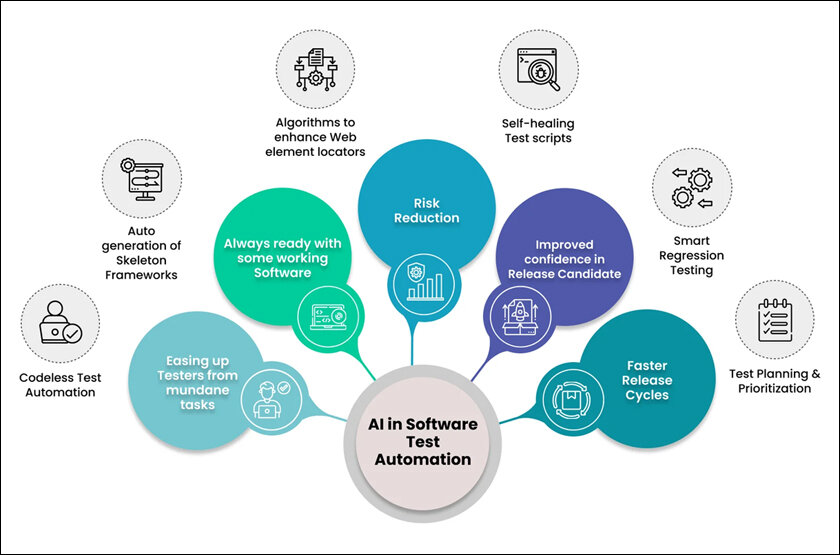
From Reactive to Predictive Testing
In the past, software testing attracted a reactive approach when testers only detected errors after the software construction had been done. On the other hand, generative AI is steering a new era of predictive testing. The ability of AI models to identify patterns in historical data and software behaviour can enable them to predict potential glitches even before they occur. “Through this collaboration, humans and AI will create a new kind of partnership that will increase production immensely and generate outstanding results in predictive testing,” concludes the Functionize white paper. For instance, preventing a security leak due to a discovered error or locating a performance limit before the users are already annoyed-these are the benefits brought by predictive testing with the help of AI.
AI-powered test case generation
Developing thorough test scenarios is a long and tiresome procedure for human testers as it is. Generative AI does the hard work of automating everything. AI models can leverage existing software features and users behavioural trends to access a wide array of test scenarios, ensuring thorough testing across various scenarios. This further gives room for human testers to focus more on strategic tasks like the design of test plans and analysing the results.
The Rise of Augmented Intelligent Testing
With GenAI as a dedicated sous-chef for software testing, the tedious repetitions that consume testers’ time and capabilities will be relieved. Visualise spending your time being creative instead of developing test cases manually. GenAI is capable of generating a multitude of valuable test cases, enabling testers to hone their capabilities as humans, which involve their intuition and good judgement.
Ruslan Desyatnikov, CEO of QA Mentor Inc, aptly describes this shift: “GenAI plays the role of a tireless assistant who comes up with new ideas to disrupt the software at every step to ensure improved quality. This allows the tester’s attention to shift from cross-checking the software to strategically planning the entire process.”
Industry-Specific Customisation
The era of standardised testing that meets the needs of all is long gone. In 2024, the amount of GenAI that could be customised will become very high. For instance, consider a healthcare tester guiding the AI on the intricacies of HIPAA rules and regulations, as well as the proper conduct for medical professionals. The AI will then develop test cases tailored to detect possible compliance issues. Consequently, a finance tester could apply the AI to identifying vulnerable zones for theft.
Such customisation at this level assures that GenAI is not simply a generic tool but a valuable partner that brings solutions based on the unique requirements of each industry. From the highly regulated finance sector, where life and death could occur, to the intense demands of medical software, AI will develop and grow to react to the diverse challenges of each sphere.
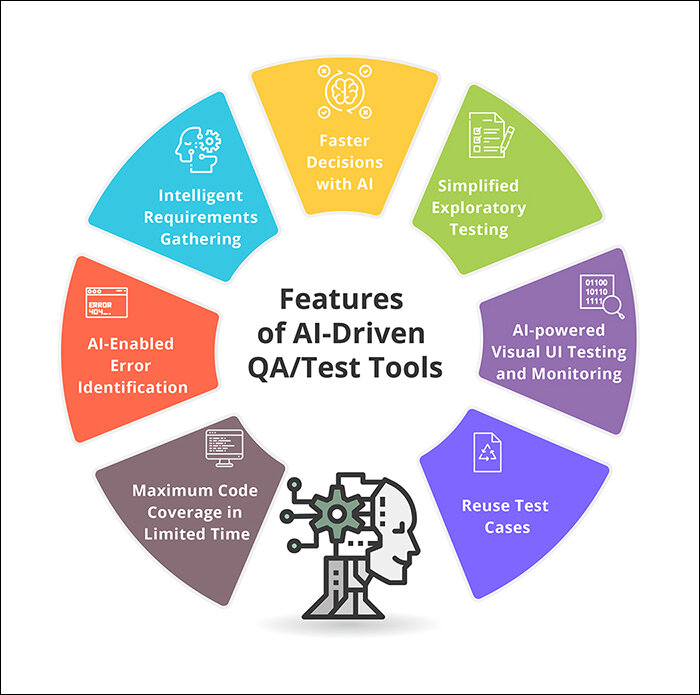
Increased Focus on Ethical Testing
Ethically speaking, the more we rely on AI, the more we need to carry out ethical considerations. Concerning software testing, it is important to ensure that the AI models are trained on unbiased data and that they produce test cases that are free and fair. “The future of AI is in the hands of those who build it and use it,” says Jeff Dean, Senior Fellow, Google AI, highlighting the importance of responsible development in the field. Through ethical concern, we are adding checks and balances that make sure the AI in software testing brings everybody on board, not just a limited number of people.
Cloud Power Democratises Testing
Looking at the future, the times when only giant enterprises could afford to test the expensive tools are becoming a thing of the past. With cloud-based GenAI solutions becoming more accessible, even small companies can use this powerful solution to boost their productivity and competitiveness. This scaling down of the testing barriers opens up the field to startups, small companies, and developers to build powerful, robust software.
Imagine a vivacious software ecosystem where lenient companies are able to engage in healthy competition against larger companies due to equal access to best-in-class testing tools. This way, the end user, no matter how small the company is, gets high-functioning and robust software.
Beyond the AI Symphony: A Look at the Bigger Testing Picture
GenAI is a real game changer, but this is just one of the instruments in the software testing orchestra. Here are some other key trends shaping the future of software testing in 2024:
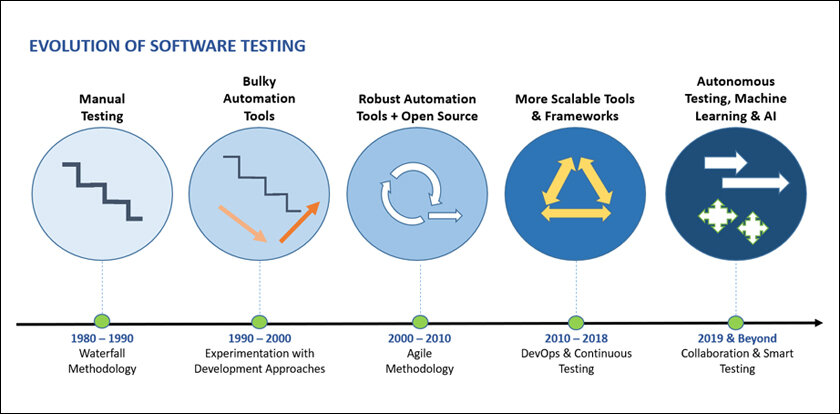
Shift-Left Testing
It is this approach that stresses early bug detection during the life cycle, consequently minimising cost and time spent later on. Picture ‘plugging’ the small crack on the foundation before the structure of the house is fully developed! Shift-left testing is thereby trying to prevent major issues later by detecting them at an early stage of development.
Security concerns remain paramount
Due to the fact that cyber threats evolve and become more complex, security testing will develop and become more advanced as well. It will be evident in 2024 that developers will continue to impose stringent security testing procedures, which will lead to the construction of strong defences against cyberattacks. Insecure systems can cause various catastrophic effects, such as data theft and monetary losses. Moreover, testing professionals will need the multi-pro negative approach, incorporating both penetration tests, vulnerability scans, and secure coding methods to build the digital fortress.
Low-code testing empowers everyone
There will be a greater need for low-code testing tools that are easy to use. With the use of these tools, even non-programmers may write simple test cases that can be used to incorporate citizen testing into the software development process, allowing all participants to improve the quality of the final product. Assume product managers, designers, and even marketing personnel working together with testers to gather user test cases from their point of view. Unlike before, when the testing was performed by the testers only, now that it has been democratised, it will not only improve the quality of the software but also construct a culture of shared ownership among the development team. Hence, everyone’s efforts will be focused on the excellence of the product, which in turn will place customers at the centre of the development process.
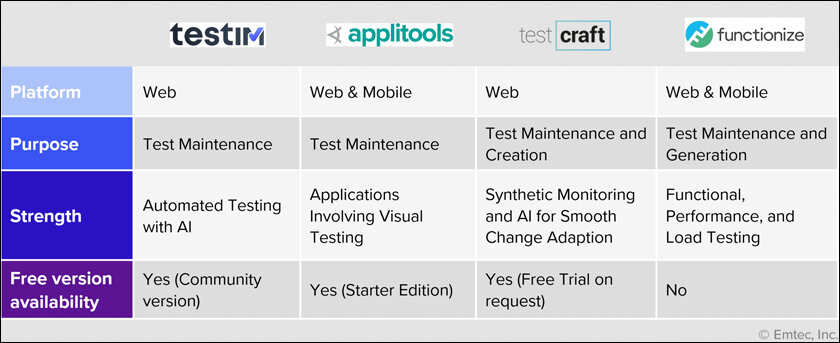
The Web 4.0 Challenge
The fourth-generation web (Web 4.0), which is based on decentralised systems and interconnected landscapes, will force the development of new testing strategies. Assume a world where apps are made up of an intricate network of distributed services, not just a single server. In order to offer a seamless user experience in this intricate new environment, the testing teams will need to acquire the skill of self-updating.
Furthermore, it is not possible to employ standard testing methodologies that limit their consideration to centralised apps alone. Integration and distribution testing tools are a must, as they enable applications to work seamlessly through a network of interconnected functionalities. As a result, the tester must have a broad perspective, look beyond components, and rely on one another.
Power of Analytics Data
As data continues to be tag-along, test engineers will become experts in handling the data analysis. Through tracking patterns of consumption and observation of tendencies, testers can forecast problems that may happen soon afterwards. Thinking about this, consider a situation in which you can spot a bug during the stage of increased user error messages, so that the number of affected users does not grow larger. In addition,data analytics will also play an indispensable role in selecting the most accurate test cases. Testers can look at user behaviour records to pinpoint the most frequently used features and functions. Through this concentration, it becomes possible to verify the main functionalities of the software.
Final Thoughts
In the end, software testing is a constant process of advancements and discoveries that improves software quality and reliability rather than only being automated or efficient. It’s about utilising technology’s true synergistic abilities. By fusing artificial intelligence (AI) with human creativity, we may create software that not only functions flawlessly but also learns about user needs, constantly adjusts to changing circumstances, and produces outcomes that even surpass our initial expectations. This symphony of software quality incorporates AI and humans in a pioneering way, making innovation and user experience the main themes of tomorrow.
In case you missed:
- Vulnerability Assessment vs Penetration Testing: Choosing the Right Strategy in 2024
- Identifying the Best Development Tunnelling Tool: Ngrok vs. Localtunnel
- Devin AI: Software Engineers’ Next-Gen Assistant
- Kickstarting your MLOps journey in 2024: Essential practices and strategies
- The Rise of FinOps and GreenOps
- Blackwell chip: Nvidia engine for breakthrough AI
- Hybrid and Multi-Cloud technologies in 2024: Developments, challenges, and Innovations
- What’s new in Azure app service at Build 2024: Key announcements and features
- AlphaFold 3 by DeepMind: The Future of Protein Folding and Drug Discovery
- Unleashing the Power of Voice: Exploring Meta Voicebox AI







